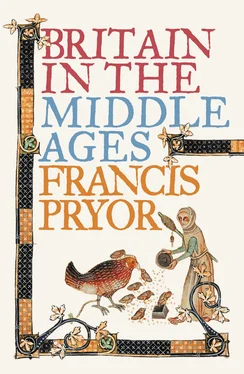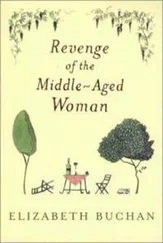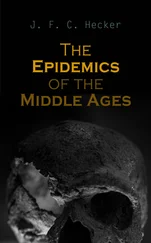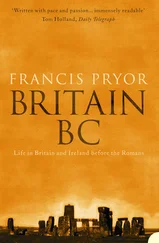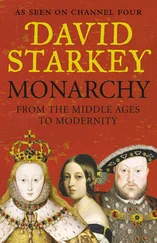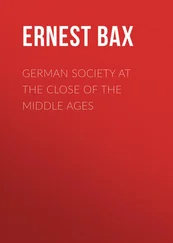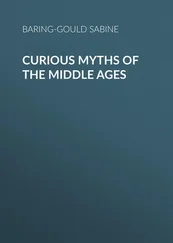The traditional view is that the wics and emporia stood at the boundary of the developed core (Francia) and the underdeveloped periphery, represented by Britain and Scandinavia. In today’s politically correct world we would doubtless refer to the latter as ‘developing’ – which the new archaeological evidence would suggest was factually correct too. As in subsequent core/periphery relations between an imperial centre and outlying regions, it was held that the wics and emporia were the places where raw materials were exchanged for luxury goods from Europe. Put cynically, the periphery produced the things that mattered, and received showy trinkets in exchange.
This view of the setting up and operation of wics and emporia was given added weight by scholars such as Richard Hodges, who analysed these processes in the contexts of European macro-economics. He reasoned that trade and exchange only make sense if you look at the whole picture. His approach was anthropological, and rings sort-of true to a prehistorian like myself. I say ‘sort-of’ because there are no such things as permanent, static laws in anthropology, and Hodges’s seminal study of the subject, which appeared in 1989, now seems to me at least somewhat dated and mechanistic, although at the time it deservedly had a huge impact. 27 His views on the social and economic forces behind the growth of wics and emporia in the seventh and eighth centuries are still very influential, and are essentially based on the competitive relationship between the governing elites in the various emerging states and kingdoms.
Anthropologists love relationships. They believe that the way humans react to each other is governed by forces other than instinctive or emotional likes or dislikes. So anthropologists hold that a married man will tend to have strained relations with his mother-in-law because she resents the loss of her daughter, and he feels that his wife is reluctant to leave her original family because her mother wants her back. Such competitive relationships have also been found in the world of tribal politics, where family considerations also complicate matters. The competitive nature of the relations between ruling elites was first discussed in detail by the great anthropologist Bronislaw Malinowski in The Argonauts of the Western Pacific (1922). He studied the exchange of gifts between the inhabitants of the Trobriand Islands, and realised that the exchange formed part of a complex system of social obligation known as the Kula cycle. This cycle was based on what anthropologists refer to as ‘Malinowski’s principle of reciprocity’ – a sonorous phrase which suggests that no gift-giving is without some form of motive. As the words imply, each ‘gift’ was actually nothing of the sort, because it carried with it the prospect of something in return: either another gift later, or some form of social obligation. Malinowski also realised that these exchanges encouraged competition between the elites on different islands. So a particularly lavish gift was less a generous donation than an expression of power on the donor’s part.
Malinowski was an extraordinary man who also established the ground rules of anthropological fieldwork. Among other achievements he pioneered the process of structured interviews, which allowed him to compare the responses he received from different people right across the huge island archipelago he studied. Today his approach is seen as ‘functionalist’. In other words he based much of what he observed on common-sense observation and a rather masculine (dare I say it, simplistic) view of human relationships, perhaps summed up by: ‘one good turn deserves another’. Subsequent workers, most famously Margaret Mead in her wonderful book Coming of Age in Samoa (1928), showed that there was a great deal more to human relationships in the Pacific – and of course elsewhere – than could readily be defined by laws of reciprocity alone. Returning to ancient trade and exchange, more recent studies such as The Gift by Marcel Mauss (1950) and Stone Age Economics (1974) by Marshall Sahlins have been far less functionalist than Malinowski; but even so, his fundamental principle still seems to apply. 28 Reciprocity and exchange are now seen as organising structures that are about more than the giving of gifts: they underlie most social, economic and administrative processes in both ancient and modern societies.
Archaeologically speaking it is very hard to distinguish between the exchange of gifts and trade, pure and simple, because each involves reciprocity of one form or another. Moreover, where exchange at an elite level happens, it is not unusual to find other, smaller transactions also taking place further down the social ladder. Transactions of this sort do resemble trade, when seen in the archaeological record, because a large variety of objects – even coinage – may be involved.
One useful rule of thumb that can help us define what was going on concerns the nature of the places where transactions took place. Traditionally the emporia and wics have been seen as rather isolated phenomena that contrasted markedly with the not-so-very-prosperous rural settlements that surrounded them. There are signs too that they were laid out by a central authority: for example, streets were arranged on a grid pattern, and many buildings seem to have been erected simultaneously. The finds include exotic items such as wine containers and pottery imported from the area around the Rhine. Taken together, these clues suggest that the wics and emporia were set up by powerful elites to control trade to and from the territories they ruled. The reason they wanted to control the trade was simply to establish a royal monopoly on prestige goods, which they could then use to grease the wheels of power both externally, as regards foreign policy, and internally, by rewarding the loyalty of key families and individuals. In a command economy which was based on the exchange of prestige goods, the control of commerce led naturally to the control of people.
It was believed that the establishment of the wics and emporia by royal patronage did not protect them forever, which is why they began to decline. They lost their central role by, and just after, the end of the eighth century. There was then a gap of about a century, during which time there was effectively no substantial urban presence in Britain. This apparent hiatus coincided with the first period of Viking raids and settlement (we will see that their first raid, on the monastery at Lindisfarne, took place in 793). The next set of major urban foundations were the fortified burhs , which we know for a fact were established by royal command, first as a defensive measure against raids and then as protection from Viking forces present in Britain. I will return to the burhs in the next two chapters, but the important point to make here is that the bulk of them were established in the late eighth and early ninth centuries.
The conventional wisdom on early towns and the separation of the earlier wics and emporia from the later burhs only really makes sense if we can detect good evidence for discontinuity – which in archaeology must always be proved, and never assumed. The idea of discontinuity also subsumes that of abandonment. In other words, one system replaces another after a period when people either moved elsewhere or the system itself collapsed in some way. Notions of discontinuity were more fashionable in the past, when there was far less data to play with. Archaeology was constructed with a textbook or a historical account in one hand – to provide some form of context – and site notebooks and photographs in the other. You concentrated on the details of the site you had just excavated, and only towards the end of the operation did you attempt to place it all in context. Nowadays all of that has changed, because context is being provided by new archaeological finds, as well as by documents.
Читать дальше
